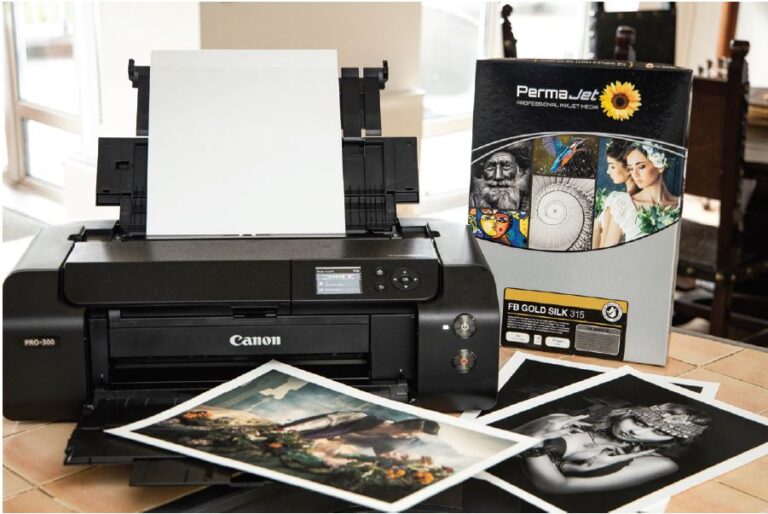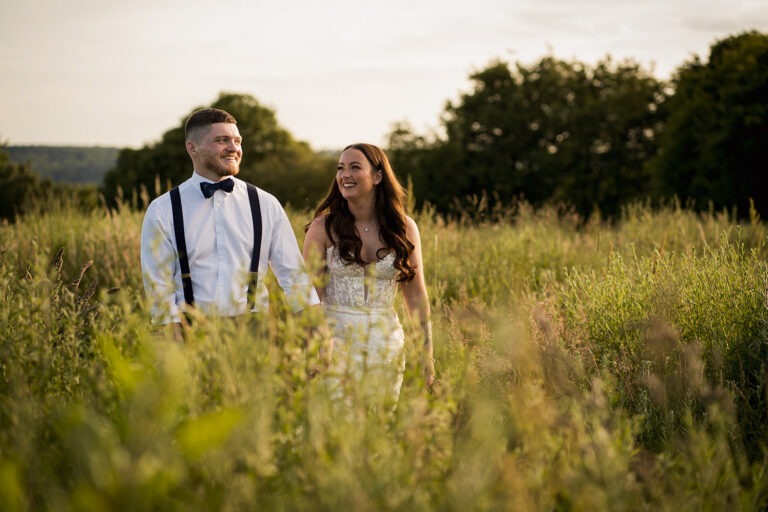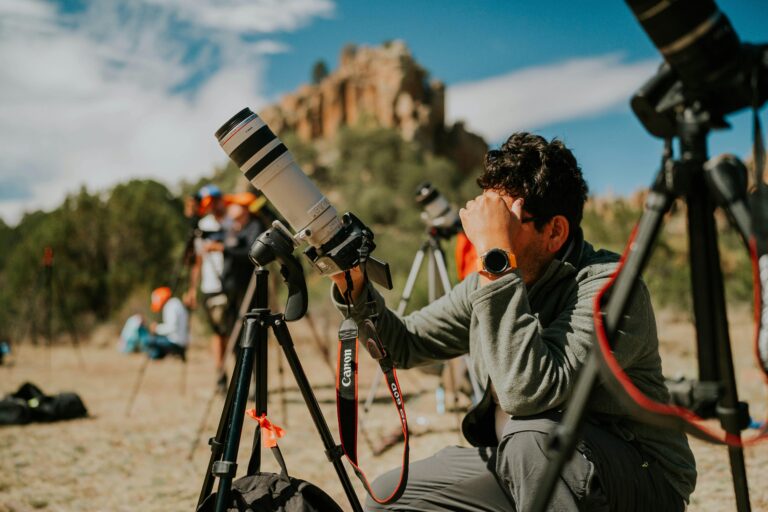AI-powered editing tools have completely transformed photography, making professional-level enhancements accessible to photographers of all skill levels. In 2025, AI is no longer just a convenience—it’s a necessity for anyone who wants to edit efficiently, create stunning images, and stay ahead in the competitive photography industry. From automated retouching to intelligent image selection, AI now plays a significant role in every stage of post-processing. But as AI continues to advance, ethical concerns surrounding its use have also grown. Are these tools simply making life easier, or are they redefining what it means to be a photographer? The rise of AI-powered editing presents an exciting, yet complex, future for photography.
This article explores the best AI-powered editing tools available in 2025, how they can help with everything from culling to retouching, and the ethical implications of AI-generated edits. Whether you’re a seasoned professional or just starting your photography journey, understanding these tools will help you work smarter, not harder.
AI Features in Lightroom and Photoshop
Adobe Lightroom and Photoshop continue to lead the way in AI-powered editing, constantly evolving to meet the needs of modern photographers. In 2025, Lightroom’s AI tools have made batch editing incredibly efficient. The software can analyze an entire shoot, detect inconsistencies, and automatically adjust exposure, white balance, and contrast to maintain a cohesive look across multiple images. AI-powered masking has also reached new heights, allowing photographers to isolate complex elements like individual strands of hair or intricate patterns with incredible accuracy. The time saved with these intelligent selection tools is allowing photographers to focus more on creativity rather than spending hours refining selections manually.
Photoshop’s AI capabilities have also reached an unprecedented level. Generative Fill has become more powerful, allowing photographers to seamlessly remove unwanted objects and replace them with AI-generated content that blends flawlessly with the rest of the image. The software now recognizes depth, lighting conditions, and textures, ensuring edits look natural rather than artificial. These advancements mean that photographers can now extend backdrops, enhance details, and fix composition issues with just a few clicks.
How AI Can Help with Culling and Selection
One of the most tedious parts of a photographer’s workflow is culling—sorting through hundreds or even thousands of images to select the best shots. AI-powered culling tools like AfterShoot and Narrative Select have become game-changers, analyzing entire shoots to pick out the strongest images based on composition, focus, and even emotional impact. These tools use facial recognition to detect blinks, smiles, and expressions, ensuring that only the best moments are selected.
AI can also identify duplicate shots, highlight the sharpest image in a sequence, and flag potential issues like distracting elements or soft focus. For event and wedding photographers who deal with massive amounts of images, AI-powered selection can cut culling time by more than half. Instead of spending hours manually sorting through photos, photographers can let AI handle the selection process while focusing on more important aspects of editing and storytelling.
Ethical Concerns About AI-Generated Edits
While AI-powered editing tools offer significant benefits, they also bring up ethical questions about authenticity and artistic integrity. AI can now generate entirely new elements in an image, raising concerns about how much manipulation is too much. If a photographer replaces an entire background or alters a person’s appearance significantly, is the final image still a true representation of reality?
Documentary photographers and photojournalists, in particular, face ethical dilemmas when using AI-powered tools. In an industry where truth is paramount, even small AI-generated enhancements could be considered misleading. Some photographers advocate for transparency, suggesting that edited images should include metadata indicating the extent of AI manipulation. Others argue that photography has always been about interpretation and enhancement, and AI is simply another tool in the artistic process.
Another major concern is AI bias. AI editing tools are trained on vast datasets, and if those datasets contain biases, the AI may inadvertently reinforce them. Some AI retouching features have been criticized for altering skin tones or modifying facial features to conform to conventional beauty standards. As AI becomes more sophisticated, developers and photographers must ensure these tools promote inclusivity and diversity rather than unintentionally perpetuating bias.
The Future of AI in Photography
AI-powered editing tools have undeniably made photography more accessible, allowing photographers to achieve stunning results with minimal effort. But as AI becomes more integrated into photography workflows, the role of the photographer is shifting. AI is no longer just an assistant—it’s becoming an integral part of the creative process. While some photographers worry that AI could replace traditional editing skills, others see it as a way to enhance creativity and productivity. The key is to find the right balance, using AI to speed up repetitive tasks while preserving the artistic vision and human touch that make photography unique.
As AI continues to evolve, photographers must navigate its ethical implications while embracing the benefits it offers. The future of photography will likely be a hybrid approach, where AI handles technical aspects like exposure adjustments and selection, while human creativity remains at the core of composition and storytelling. Whether fully embracing AI or using it cautiously, photographers must stay informed about these advancements to make the most of the opportunities AI-powered editing tools provide.
Keywords for SEO:
- AI-powered photo editing tools 2025
- Best AI editing software for photographers
- AI in Lightroom and Photoshop
- AI culling tools for photographers
- Ethical concerns in AI photo editing
- AI photo retouching software
- AI-generated backgrounds in photography
- Photography workflow automation with AI
- AI-enhanced photo selection
- Future of AI in photography





